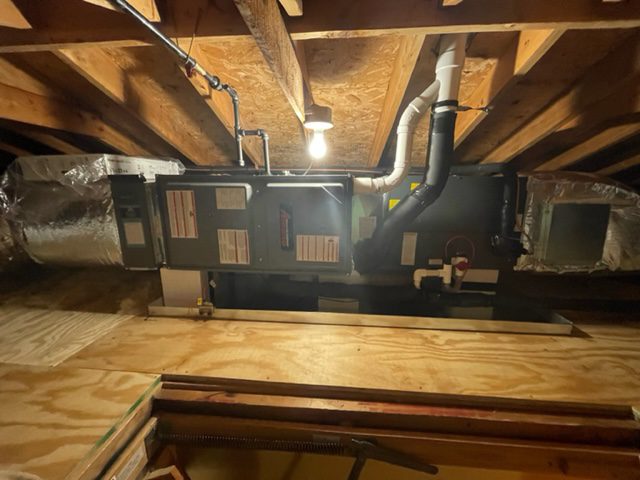My Heater isn’t working, what could be wrong?
We get this question, often. Because there are so many components that work together, troubleshooting can be complex and requires training and experience.
You may notice some things like these:
- Furnace coming on, then turning off after a brief time
- Poor or no airflow out of your vents
- Thermostat isn’t working properly, or screen is black
- Furnace won’t shut off
- Working, but high utility bills
- Motor is rattling or squealing
- Loud noises, smells or possible gas leaks
Here are some common items that go wrong with your gas heater / furnace
Failing to ignite: The most common type of failure. Older systems use a standing pilot. Newer systems use electronic ignition and flame sensor technology.
Pilot went out – If you have this older style system and pilot went out, it happened for a reason, possibly to a failed thermocouple, gas valve or related parts. Most systems made in the last 20 years use electronic ignition.
Flame Sensor – A flame sensor is a safety device in a gas furnace or boiler that detects the presence of a flame. It’s typically a small, metallic rod located near the burner assembly that extends into the flame. The purpose of a flame sensor is to confirm that the gas is being burned properly and continuously. When the gas is ignited, the flame sensor detects the heat and electrical current generated by the flame. If the sensor doesn’t detect a flame or detects an intermittent flame, it signals the furnace control board to shut off the gas valve, stopping the flow of gas to the burner. This safety feature is critical because it prevents the buildup of unburned gas, which can be dangerous and lead to a potential gas explosion. A malfunctioning or dirty flame sensor can cause the furnace to shut down prematurely. The flame sensor gets dirty over time and eventually fails. We don’t recommend that homeowners replace this item on their own. It needs to be replaced with the correct part with the correct resistance and set in the correct position. Remember, this is the part that shuts off the flow of gas if it’s not igniting properly.
Gas Valve Failure:
The gas valve controls the flow of gas to the burners. If there is no ignition, it may be because it’s not getting enough gas to light, because the valve isn’t opening and closing properly.
Control board failure:
The control board is the brain of the heater, and it regulates all its functions. If the control board fails, the heater may not turn on or may not function properly
Blower motor failure:
The blower motor moves air through the heater and distributes heat throughout your home. If this fails, you won’t be getting any air flow out of the vents in your home.
Blocked air intake or exhaust flue:
If the air intake or exhaust vent is blocked. We’ve seen things like a bird’s nest or even ice buildup causes these issues. Exhaust needs to exit the home, if it can’t the system should trip safety limits to turn off the system.
Clogged or dirty burners:
Dirt, dust, and debris can accumulate on the burners and orifices, preventing them from producing heat or causing the flame to burn unevenly. Something as simple as a spider’s web can cause failure.
Thermostat isn’t working:
The thermostat communicates directly with your heater and determines when it will turn on and off. When this fails, you may get a black screen, you may have issues like your heater will constantly run or not run at all.
Gas leaks
A gas leak is a serious issue that requires immediate attention. If you smell gas, turn off the heater and contact a professional to inspect it.
Because these parts all work together, the symptoms can seem like they are caused by one another and therefore, the parts need to be tested properly to determine the actual failure so you can operate your heater safely. We will send out experienced technicians, qualified to repair these systems, with fully stocked & insured vehicles to give you the peace of mind and comfort you deserve.









